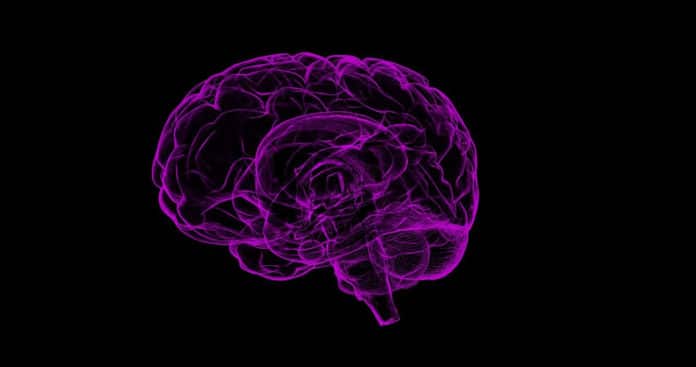Human brains are now smaller than our ancestors. Although, why our brains have reduced in size has been a big mystery for anthropologists.
The study offers a detailed understanding of the evolution of the brain- showing human brains decreased in size approximately 3,000 years ago.
The study on the brains of ants suggests that brain shrinkage parallels the expansion of collective intelligence in human societies.
For the study, scientists studied historical patterns of human brain evolution. They compared the findings with what is known in ant societies to offer broad insights.
Co-author Dr. James Traniello from Boston University said, “A biological anthropologist and a behavioral ecologist and evolutionary neurobiologist began sharing their thoughts on brain evolution and found bridging research on humans and ants might help identity what is possible in nature.”
Scientists applied a change-point analysis to a dataset of 985 fossil and modern human crania. They found that human brains increased in size 2.1m and 1.5m years ago, during the Pleistocene, but decreased in size around 3,000 years ago (Holocene), which is more recent than previous estimates.
Traniello said, “Most people are aware that humans have unusually large brains – significantly larger than predicted from our body size. In our deep evolutionary history, human brain size dramatically increased. The reduction in human brain size 3,000 years ago was unexpected.”
The timing of size increases agrees with what is previously known about the early evolution of Homo and the technical advancements that prompted, for instance, better eating routine and nourishment and bigger gatherings of people.
Traniello said, “We propose that ants can provide diverse models to understand why brains may increase or decrease in size due to social life. Understanding why brains increase or decrease is difficult to study using only fossils.”
Studying computational models and patterns of worker ant brain size, structure, and energy use in some ant clades, such as the Oecophylla weaver ant, Atta leafcutter ants, or the common garden ant Formica, showed that group-level cognition and division of labor might select for adaptive brain size variation. This means that within a social group where knowledge is shared, or individuals are specialists at specific tasks, brains may adapt to become more efficient, such as decreasing in size.
Traniello said, “Ant and human societies are very different and have taken different routes in social evolution. Nevertheless, ants also share important aspects of social life with humans, such as group decision-making and division of labor and the production of their food (agriculture). These similarities can broadly inform us of the factors that may influence changes in human brain size.”
“Brains use up a lot of energy, and smaller brains use less energy. The externalization of knowledge in human societies, thus needing less energy to store a lot of information as individuals, may have favored a decrease in brain size.”
“We propose that this decrease was due to increased reliance on collective intelligence, the idea that a group of people is smarter than the smartest person in the group, often called the ‘wisdom of the crowds.”
Journal Reference:
- Jeremy M. DeSilva et al. When and Why Did Human Brains Decrease in Size? A New Change-Point Analysis and Insights From Brain Evolution in Ants. DOI: 10.3389/fevo.2021.742639
